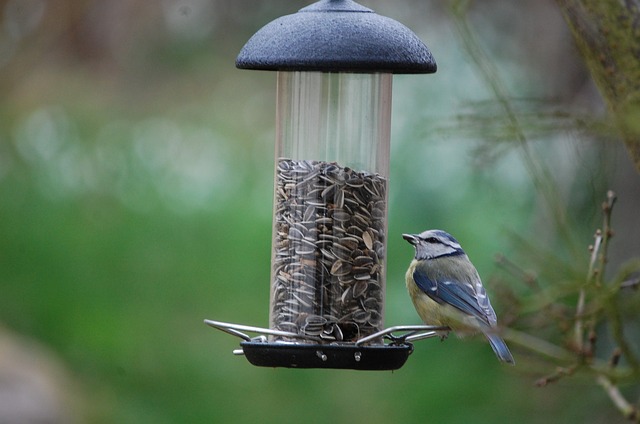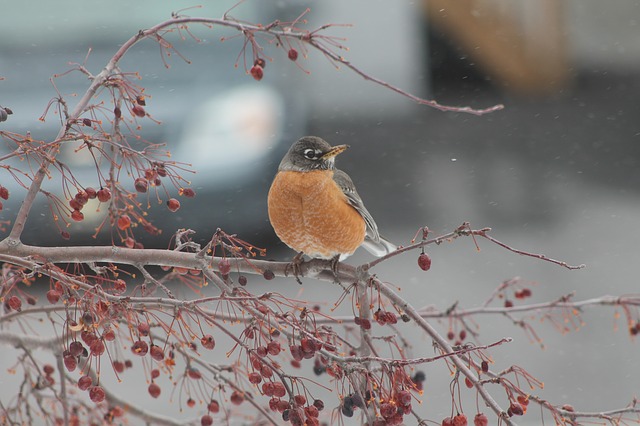A short walk will reveal little visitors emerging from treetops, shrubs, and hedges, anxiously and consistently looking for something to eat.
Most common are the ubiquitous sparrows, followed by titmice and finches. The titmouse, a frequent visitor to yards, is also a representative of the less shy
species.
These representatives of the avian world have one thing in common. They provide the food necessary for survival on a daily basis. That is why they are often found near human dwellings, parks, and gardens. In such places, they can obtain energy in the form of berries or unharvested apples.
If you want to ease their daily struggle for survival, provide them with a feeder. It\’s up to you whether you want to make one in a few minutes with what you have in your workshop or buy one that\’s already made.
Location matters. Sure, in the winter, birds overcome their shyness to look for food and sit on the windowsill to eat, but garden owners are advised to put a bird feeder there. That way, the “grazing” birds will be more comfortable. However, cats sometimes like to visit the feeders, so it is a good idea to consider the position of the feeders to avoid uninvited guests. 
All that remains is to replenish the litter regularly. Oilseeds, tallow, and raw suet are suitable for winter feeding . For example, breadcrumbs and coarsely crushed dry bread are also suitable.
Birds are not averse to poppies, apples, or nuts.
Moldy or raw bread, rice, pasta, and sweet or salty foods should never be placed in a bird feeder.
If the feeding is done correctly, you will see flocks of birds happily rubbing and feeding each other, and you will have the knowledge that the birds will survive the winter well and be strong enough to build a nest in the spring.